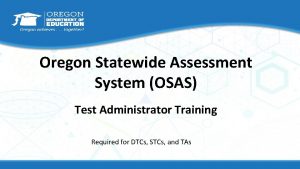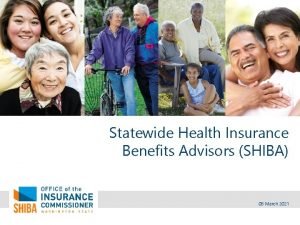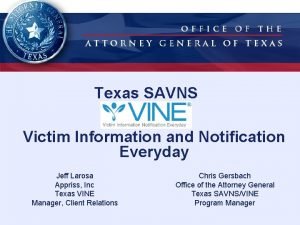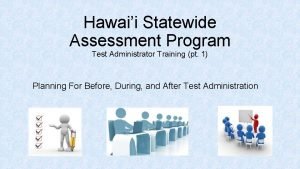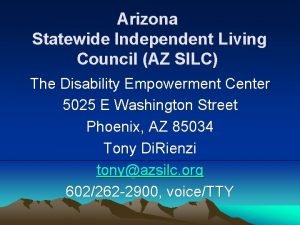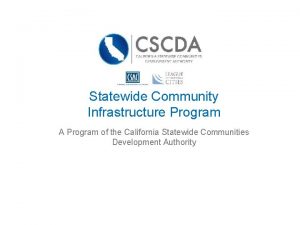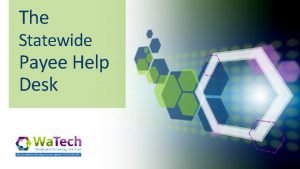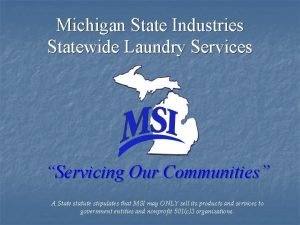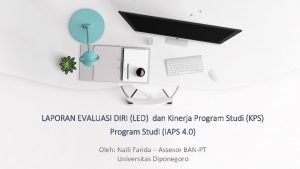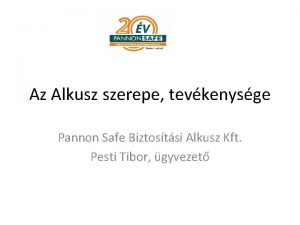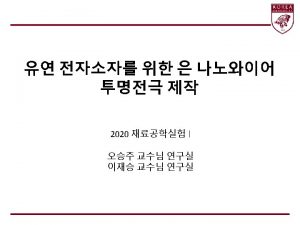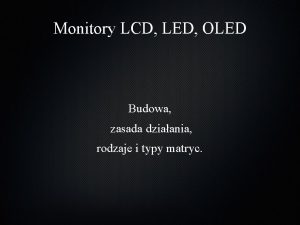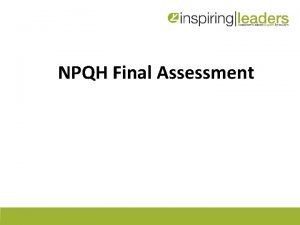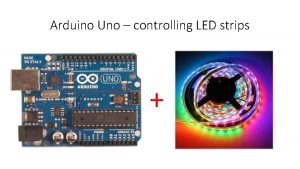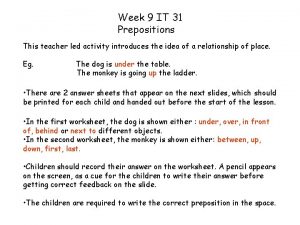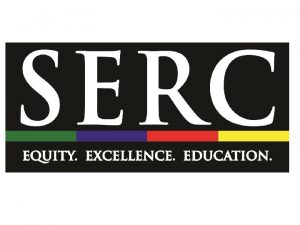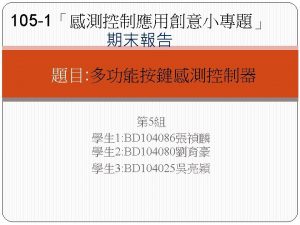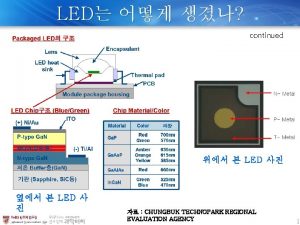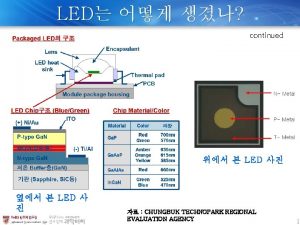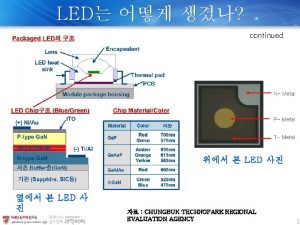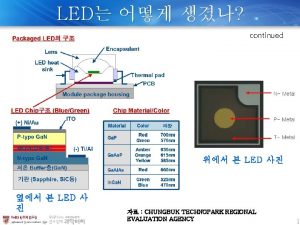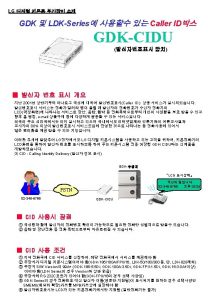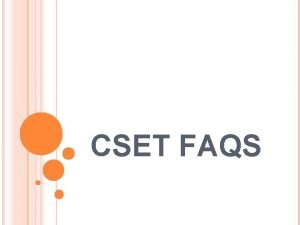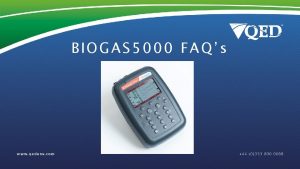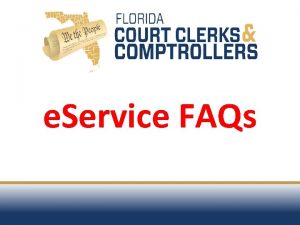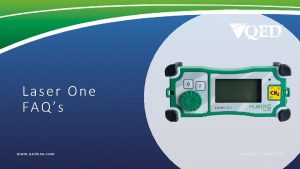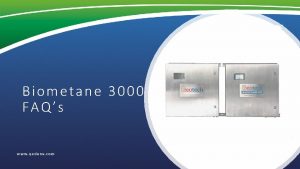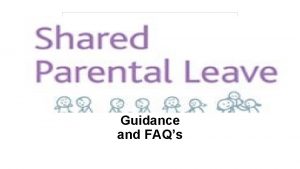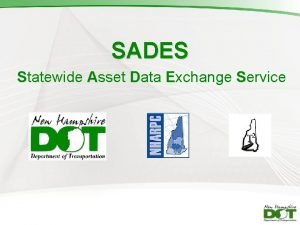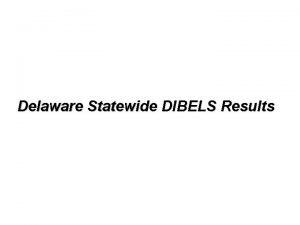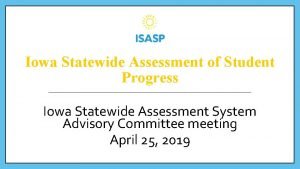FAQs STATEWIDE IMPLEMENTATION FAQs re IMPLEMENTATION What led


































- Slides: 34


FAQs STATEWIDE IMPLEMENTATION FAQs re: IMPLEMENTATION • What led to decision to broaden scope beyond eligibility decisions for LD? • How did you make shift from a special education to a general education priority? • What did state roll-out look like? • Where did funding come from to support implementation at SEA level? LEA level? • What is SERC’s role in provision of PD? • What have been your lessons learned?

BRIEF HISTORY Timeframe Key Activities 90 s EIP (‘ 84), Early Reading Success legislation, Blueprint for Reading Achievement, Co-Teaching/DI Early 2000 PJ et al Settlement Agreement, Reading First, CALI, PBIS, Focus on Equity Roundtables, Advisory Panel, First SPDG/Model Schools, Recognition and Response, District Consortium 2006 2008 2010 Framework for SRBI, Family Guide, Statewide Training, Self-Assessment Districts no longer using discrepancy formula, Regional Implementation Training, Anchor Trainers, ECE Resources, HS Think Tank, Math Conference

CT’s Framework for SRBI (2008) I Tiers of Instruction • Framework for teaching and learning • Multi-tiered system of support • Not a pre-referral process • Focus on academic and social-emotional growth

Tier 1 Instruction Using SRBI Framework • Curriculum that is standards based and culturally relevant • Focus on effectiveness of universal practices and quality of school climate • Assessment of and for learning to guide instruction and improve student achievement Tier I

Kn ow ing My se lf uit Eq for ion ss Pa nts e s nc ilie ete am &F de mp Stu Co My ral ltu Cu ing ow Kn y Relationships Ri Knowing My Practice go r Adapted from Gary R. Howard Culturally Responsive Teaching e v R e el c n a

Supporting Documents

Tier II Instruction Using SRBI Framework • Targeted intervention • Small group (1: 6) and short term (8 -20 wks) • Weekly progress monitoring • Supplemental to Tier II

Tier III Instruction Using SRBI Framework • Intensive intervention • Small group (1: 3) and short term (8 -20 wks) • Progress monitoring 2 x/week • Supplemental to Tier 1 Tier III

TECHNICAL CHALLENGES • How to ensure quality and effectiveness of core instruction? • How to accelerate student progress? • How to manage data collection? • How to monitor progress more frequently as increase intensity of intervention? • How to determine cut points and decision rules? • How to ensure fidelity of decision-making?

Adaptive Challenges ADAPTIVE CHALLENGES • Systems change • Generalization of research • Overuse/reliance on assessments • Reinforcement of deficit thinking • Focus on prevention/early intervention • Value for relationshipbuilding




2010


SYSTEMS APPROACH Periodic universal screening Frequent/ continuous progress monitoring System of Assessment System of Instruction Research validated continuum of support System of Decision. Making John Hintze, Ph. D. (2009) Research validated core curriculum reflective of CCSS SERC 2010 Methods for organizing data Methods for making strategic and systemic decisions

Results from one Model School

Logic Model for Connecticut’s SPDG 2011 Format for Logic Model Adapted from the W. K. Kellogg Foundation, Revised June 2011 5. Strategies 6. Assumptions Training, TA and resources to support implementation of : • System of instruction, including multi-tiered interventions and supports • System of assessment, including universal screening, diagnostic, and progress monitoring measures that are valid to determine effectiveness of instruction • System of decision-making, including curriculum, instruction, and environmental needs • School-family partnerships • Focus on prevention & early intervention • Scaling up through partnerships and networking (this will work because…) • SRBI provides the organizational structure and coherence that districts/schools need to guide improvement efforts • SRBI is a strengths-based approach vs. a deficit model • Improved academic performance is linked to positive behaviors • SRBI is aligned with priority goals and outcomes of CSDE, including closing the achievement gaps, school readiness, and secondary school reform • Educators are becoming more familiar with reading research and the analysis and use of data to inform instructional decisions 1. Problem or Issue 4. Influential Factors • Common Core State Standards • Degree to which state, district, and school leadership understands the underlying principles of SRBI and provides the necessary structures and resources to ensure implementation fidelity • July 2009 expectation for the use of SRBI data in the comprehensive evaluation process for students with learning disabilities • Degree to which SRBI is implemented with fidelity • Ability of CSDE, SERC & RESCs to provide the training, TA and resources necessary to build capacity statewide • Economic climate All students don’t have access to a comprehensive continuum of academic and behavioral interventions and supports reflective of their diverse strengths and needs resulting in disparities in student achievement and inappropriate referrals for special education. 2. Needs/Assets (what would lead you to address this issue) • Educators with high expectations for ALL students, thus eliminating institutional biases • Educators with the will, skill and knowledge to teach ALL students, thus increasing students’ self-efficacy • Educators who believe in their own efficacy to teach ALL students as a result of improved student outcomes • Educators who collaborate by sharing knowledge, experience and resources in order to improve instruction, supports and interventions for ALL students • Schools universal implementation of research-based practices • Schools that effectively engage both students and families in the learning process 3. Desired Results (outcomes and impact) Eliminate achievement gaps while simultaneously improving the achievement of all students: • 80% of all students meeting academic, behavioral/social expectations • Increase in all students reading performance • Increase # of 3 rd grade readers • Decrease ODRs, ISS/OSS, drop out rates, truancy rates • Eliminate disproportionate referrals for special education • Increase attendance and graduation rates • Increase school-family partnerships • Evidence changes in district/school policies, structures, and practices to better meet the needs of today’s learners

SPDGGoal 11 • Increase state-level capacity to provide leadership, professional development, coaching and support to schools to improve academic and behavior/social outcomes through a continuum of academic and behavior supports.

SERC Infrastructure Supporting CT’s SPDG • State Leadership Team • Website • App (under development) • Publications • Model Sites and Spotlight Schools Visibility Training and Coaching Management Team • Data Team • Workforce Development • Research and Development • External Evaluation Draft 5 -30 -13 Quality Assurance Expertise and Fluency • PBIS • Literacy/EIP • Family Engagement • Specially Designed Instruction • Coaching • Resource Development • Internal Leadership Team • Training for TAPs • National Advisory • Grant Partners

SPDGGoal 22 • Increase the number of schools in Connecticut implementing a scientifically research-based core program of literacy instruction driven by common core state standards and positive behavior support and multi-tiered models of interventions.

SPDG: State Impact Goal = 100 Schools Year One: 19 schools Year Two: 28 schools

SPDGGoal 33 • Improve the academic achievement of all students, specifically students with disabilities, students of color, and students acquiring English.

Priority #1: Alignment with CSDE Priorities “…our achievement gap – the worst in the nation – has persisted” “…CT as a national model for creating academic excellence for all. ” “…revitalize our public schools. ” - Governor Dannel P. Malloy 2012 – Year for Education Reform Enhance family access to quality early childhood education State support & intervention in low-performing schools Expand availability of high quality school models Remove red tape and other barriers to success Develop the very best teachers and principals More resources to districts that embrace reform

GRANT PARTNERS v CT State Department of Education (CSDE) v State Education Resource Center (SERC) v Regional Education Service Centers (RESC Alliance) v Center for Behavioral Educ. & Research (CBER/UCONN) v CT Parent Information and Resource Center (CT PIRC) v CT Parent Advocacy Center (CPAC) v CT Birth to Three System (B-3) v CT Department of Children and Families (DCF) pending

State Leadership Team SPDG ORGANIZATIONAL STRUCTURE SERC/ CBER/ RESCs/ CPAC/ CT PIRC District Leadership Team School Leadership Team Teachers and Staff Students and Families

PHASES OF IMPLEMENTATION Exploration Installation Fixen and Blase Initial Implementation Full Implementation Sustainability

PARTICIPATING SCHOOLS 2011 -2014 Cohort (20) 2012 -2015 Cohort (30) 2013 -2016 Cohort (30) 2014 -2017 Cohort (20) Year 1 Phase 1 Year 2 Phase 1 Year 3 Phase 2 Phase 1 Phase 3 Phase 2 Sustainability Phase 3 Year 4 Year 5 Year 6 CSDE/SERC Sustainability

GRANT SUPPORTS Year Stipend Training/TA Days SWIS 1 $3000 12 days $250 2 $3000 10 days $250 3 $1500 4 days $450

Integrated Model PROGRAMMING What does PD for an Integrated Model of academic and behavior supports look like?

EVALUATION School Level • SRBI Self-Assessment • PBIS Assessments – TIC, SAS, BOQ, SET – SWIS • Literacy Assessments – LET – ECI/EI • Ed Benefit/IEP Rubric • Welcoming Walkthrough State Level (CEDAR) • • School Performance Index Suspensions/Expulsions Time with Non-Disabled Peers Graduation Rate Grant Level • Training • Technical Assistance • State Leadership/Infrastructure

FOCUS ON EQUITY • Assessment Inventory • Transition Plan to CCSS • Ed Benefit Review Process • Standards-Based IEP Training (on-line) • IEP Rubric (new) • Data Review for ECI/EI (preliminary)

FOR FURTHER INFORMATION… Michelle Le. Brun-Griffin CT SPDG Coordinator SERC griffin@ctserc. org Donald Briere, Ph. D. Interim Project Director CSDE donald. briere@ct. gov www. ctserc. org/spdg
 Event faqs
Event faqs Osas training test
Osas training test Statewide health insurance benefits advisors
Statewide health insurance benefits advisors Texas savns
Texas savns Statewide automated victim information notification
Statewide automated victim information notification New york statewide senior action council
New york statewide senior action council Statewide construction and development
Statewide construction and development Hawaii statewide assessment program
Hawaii statewide assessment program Arizona statewide independent living council
Arizona statewide independent living council Statewide community infrastructure program
Statewide community infrastructure program Statewide benefits
Statewide benefits Nova payee services
Nova payee services Michigan state industries
Michigan state industries Fluke 820
Fluke 820 Laporan evaluasi kinerja program studi
Laporan evaluasi kinerja program studi Criteria led discharge
Criteria led discharge What factors led to the age of exploration
What factors led to the age of exploration Led screen rental manchester
Led screen rental manchester Que significa kalahari
Que significa kalahari What led to the end of the roman monarchy
What led to the end of the roman monarchy Szte
Szte Technology applications
Technology applications Monitory lcd budowa
Monitory lcd budowa Led na moru
Led na moru Curriculum led budget npqh
Curriculum led budget npqh Havis console
Havis console Beghelli acciaio
Beghelli acciaio Describe the scenario that led prince paris to kidnap helen
Describe the scenario that led prince paris to kidnap helen Internal quantum efficiency of led formula
Internal quantum efficiency of led formula Led preposition
Led preposition Led smoothing capacitor
Led smoothing capacitor Led strips arduino
Led strips arduino Early studies led to the development of the cell theory
Early studies led to the development of the cell theory Lions led by donkeys cartoon
Lions led by donkeys cartoon Led preposition
Led preposition

